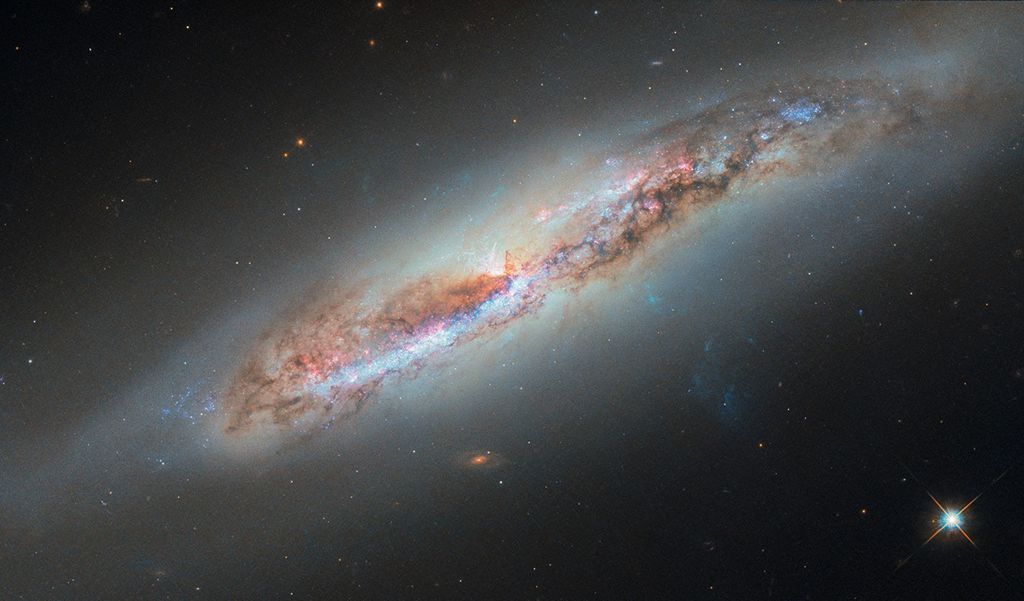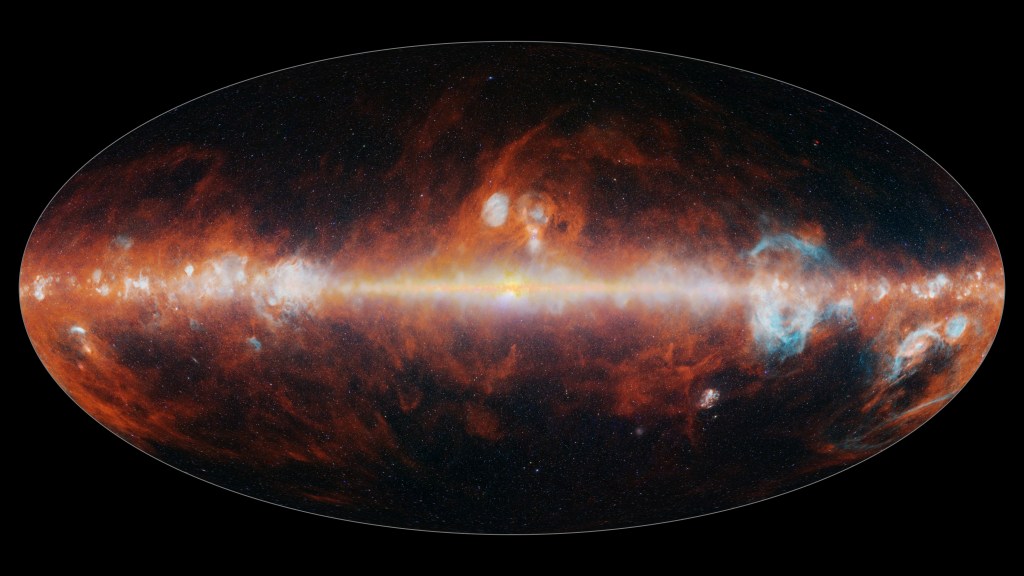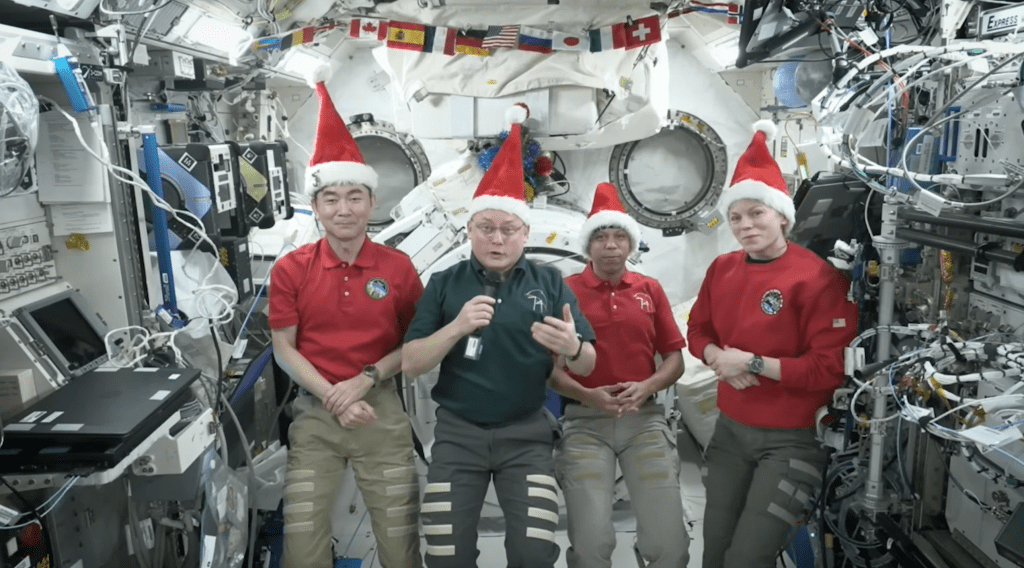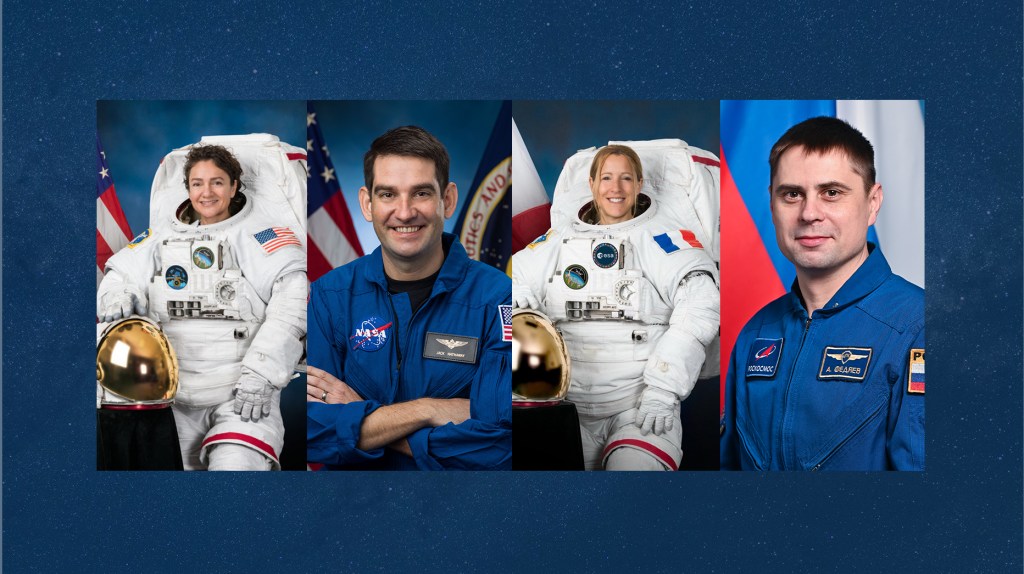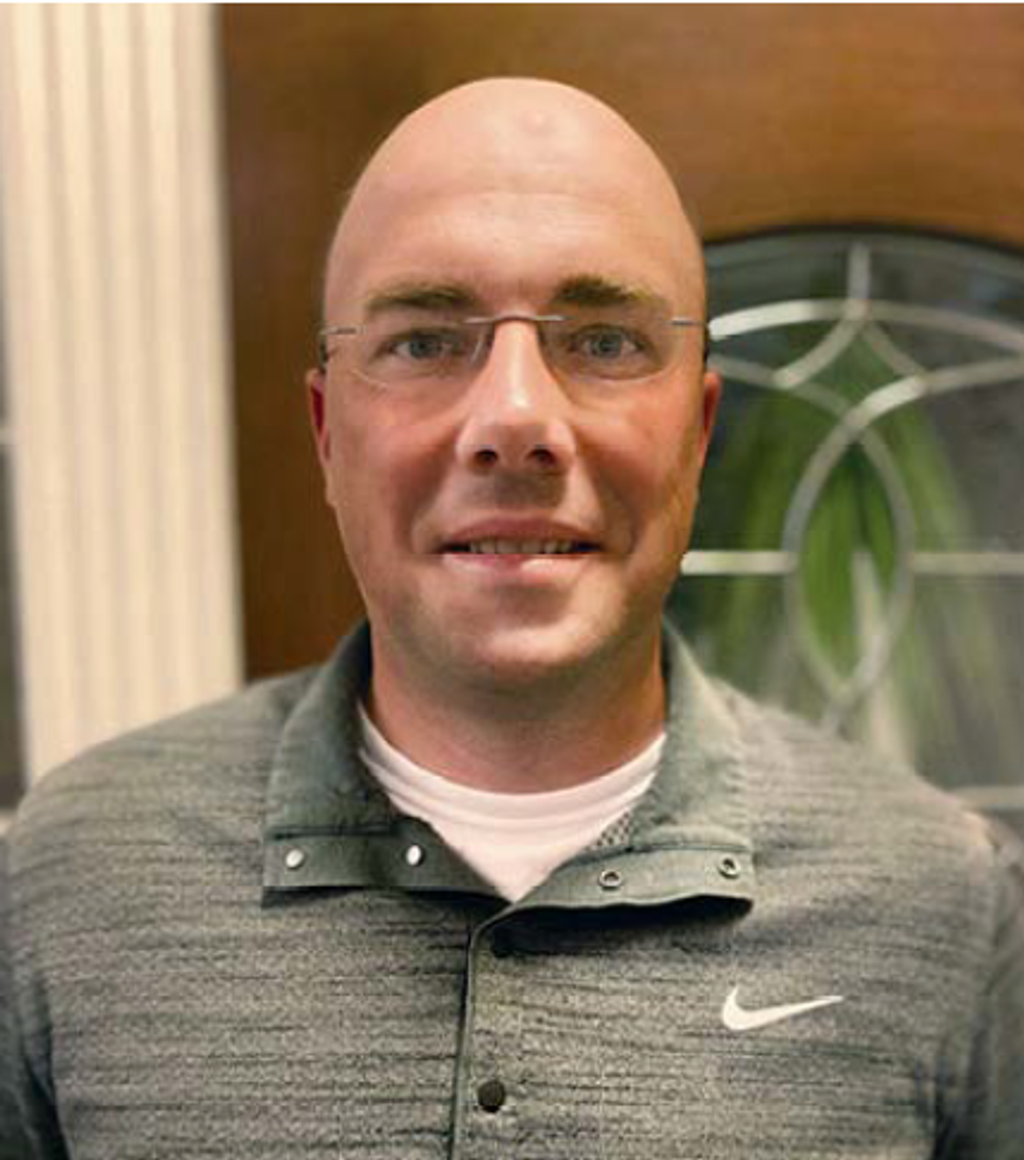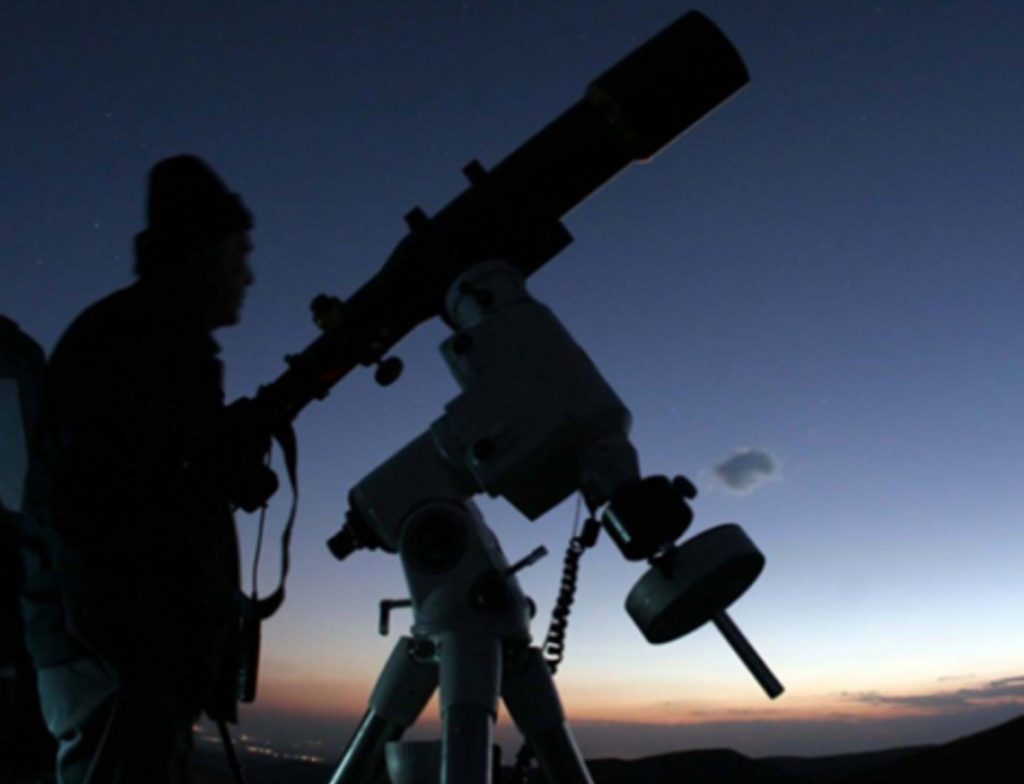RESOURCES and CONTACTS
For the Media
Media Inquiries:
About the Mission, Science or Technology
Laura Betz
Phone: (301) 286-9030
Email: laura.e.betz@nasa.gov
Webb Telescope Communications
Interview Requests
If you are a member of the media and would like to arrange an interview about Webb, please contact
Laura Betz
Phone: (301) 286-9030
Email: laura.e.betz@nasa.gov
Webb Telescope Communications
Video & Still Images
Deanna Kekesi
Phone: (301) 286-0041
Email: Deanna.L.Kekesi@nasa.gov
Associate TV Producer
Imagery and Video Links
- About Webb Science Images ( where/why, resolutions, more)
- Webb Science Images:
NASA generally only releases peer reviewed science on nasa.gov/webb. We occasionally release a "prepress" science story/imagery on our blog. Webb science data is captured and turned into imagery at the Space Telescope Science Institute under contract to NASA. The most high resolution versions of images will be found there. We release the imagery in feature articles on the nasa.gov website as well as collect the images in Flickr galleries for ease of sharing on social media. Therefore you will find a series of sources for these as listed below.- The Latest NASA Released Science Images (Flickr slideshow/gallery embedded below)
- All NASA Released Webb Science Images as slideshows on this site on Webb/Multimedia/Image Galleries page (all Webb Science Galleries since commissioning)
- All NASA Released Webb Science Images on Flickr: 2025 | 2024 | 2023 | 2022 | 1st Images | Engineering
- All NASA Released Webb Science Images at STScI - Webb Science Images In Depth -images in maximum resolutions, in depth descriptions with information on which instruments ,instrument modes and filters were used on each image (and more) from the Space Telescope Science Institute where Webb data is captured and turned into imagery.
- ESAWebb.org Released Science Images - ESA has an extensive Webb gallery with access to various download resolutions, detailed information and additional products such as side by side draggable comparisons of various instruments and missions versions of some images.
- Webb Engineering Images:
- Webb Video/Animations :
Other Useful Links
- Writers Guide to Webb Science
- Writers Guide to the Webb Observatory
- Writers Guide to Webb's Instruments
- Writers Guide to Webb Project History
- Webb's Latest News (Peer reviewed Webb science, feature stories and press releases)
- Webb's Blog ( Insiders view of interesting (sometime prepress) Webb science and topics)
- Fact Sheet
- FAQs
- Webb Awards
- Webb Social Media: X | Instagram | Facebook | Youtube | Flickr
Latest News - Search & Filter
The feed below is a mix of Webb Science Releases and associated images/videos, Webb Science Blogs, Webb press releases and articles tagged with "James Webb Space Telescope". To filter out everything except the Webb Science Releases (or Science Blogs) - simply select that filter check box. Webb Science Releases, images, videos and Webb's Science Blogs can also be filtered by Webb's four primary science themes.
Filter, Search and Sort Notes: Initial filtered results displayed below show all articles that match ANY of the filters for all dates. Once one or more filter options are checked , only articles that MATCH ANY (logical OR) of the checked filters are displayed within the date range selected. The MATCH ALL (logical AND) filter operator will reduce the matching set to only those articles that match ALL checked filters within the date range. The "Search Latest Content" box searches for the terms entered within the subset of filtered articles. You can also sort the results by date in descending (newest first) or ascending (oldest first).
Filters

NASA’s James Webb Space Telescope captured two nearby dwarf galaxies interacting with each other in this image released on Dec.…

Scientists using NASA’s James Webb Space Telescope have observed a rare type of exoplanet, or planet outside our solar system,…

This artist’s concept shows what the exoplanet called PSR J2322-2650b (left) may look like as it orbits a rapidly spinning…

This artist’s concept shows what the exoplanet PSR J2322-2650b may look like. Gravitational forces from the much heavier pulsar it…

This animation shows an exotic exoplanet orbiting a distant pulsar, or rapidly rotating neutron star with radio pulses. The planet,…
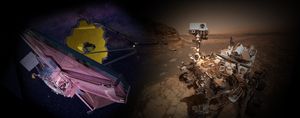
Two icons of discovery, NASA’s James Webb Space Telescope and NASA’s Curiosity rover, have earned places in TIME’s “Best Inventions…
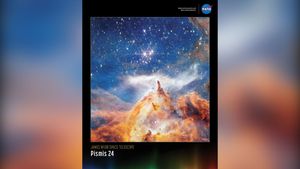
Download and print a mini poster featuring an image of Pismis 24 captured in 2025 by NASA's James Webb Space…

This artist’s concept shows what the hot super-Earth exoplanet TOI-561 b and its star could look like based on observations…

An artist’s concept shows what a thick atmosphere above a vast magma ocean on exoplanet TOI-561 b could look like.…
Latest Science Images
The image below is a SLIDESHOW. Hover over the image to see the image title and controls. Click the image to go to a detail page with more info and the ability to download the image at various resolutions (click downward arrow in lower right corner).

